There’s good news for photographers and filmmakers shooting and filming on federal lands. The EXPLORE Act, which was signed into law by President Biden on January 4th, standardizes the laws governing filmmaking and photography across federal lands. It also removes red tape that prevented some types of filming and photography in the past. This much needed update to the laws was needed because the old laws were written at a time before everyone could film with a cell phone. The EXPLORE Act was 10 years in the making, and I’m excited that it has passed.
But before I explain the changes to the law as I understand them, I want to do a little shameless self promo. I had a cancellation on my April 14 to 18, Spring in the Great Smoky Mountains Photography Workshop. We’re staying in Gatlinburg, TN for the workshop. GSMNP is my favorite national park, and I love going there in the spring for the wildflowers and waterfalls. The sunrise and sunset views are also amazing. Plus, the spring is a slower time of year, so you don’t have to fight traffic like in the fall and summer.
Anyway, back to the new filming and photography laws. The biggest change to federal law that the new law makes is that the law no longer distinguishes between the final usage of the work. It no longer matters whether or not the work will be used commercially or noncommercially. Instead, the law is based on the impact a production or photo session will have on the land and other visitors.1
In the past, this wasn’t the case. Permits were required for commercial filming and photography, but not for noncommercial filming and photography even if the impact to the land was the same. In my opinion, the former law constrained the park to taking positions at odds with common sense. For example, NPS considered posting a video on YouTube or other social media a commercial usage, although they claimed their primary focus was to focus on enforcement when a production would impact the land.
With the commercial/noncommercial distinction gone, NPS and other federal land agencies can focus on protecting the land instead of focusing on where a photo or video will be posted or how it will be used.
Because you are a photographer and/or filmmaker, there are new rules that you should be aware of.
No Permits Required If You Meet the Following
The biggest change to the law is that no permits are required if the filming or photography involves “fewer than 6 individuals” and meets eight criteria. I’ll sum up the criteria as I understand it. You can read the specific language here: https://www.congress.gov/bill/118th-congress/house-bill/6492/text#toc-H5E198B78089C42B8B34ECDEECF028053
You can’t impede or intrude on the experience of other visitors, nor can you disturb or negatively impact a natural or cultural resource or an environmental or scenic value.
You can only do this where the public is permitted.
You don’t require exclusive use of the area.
You can’t film or photograph in a “localized area that receives a very high volume of visitation.” I will note that this makes limited sense to me. I have many questions, including: How will the federal agencies stop someone with a cell phone from taking a photo in a busy area? Will busy areas where photography was allowed under the old law suddenly be removed from photographers and filmmakers?
You can’t use staging equipment unless it is handheld equipment. Examples of handheld equipment specified in the law are tripods, monopods and handheld lighting equipment.
You have to follow the visitor use policies, practices, and regulations of the system that you are in. For example, NPS banned drone use, so you can’t fly a drone in a national park.
The Secretary determines that there are no administrative costs involved.
You have to follow Federal, State, and local laws. They specifically call out drones in this section.
The second situation when no permit is required is when photographing or filming an activity or event that is allowed or authorized by the unit you are in. In this case, you are allowed to film or photograph regardless of the number of people involved or whether or not the filmmaker or photographer makes any money from the activity or event.
For example, if you have a backcountry hiking permit for 8 people, you could film and photograph it without the need for an additional permit. This section includes weddings, engagement parties, family reunions, and graduations. If those events are allowed or authorized on the public land, then there isn’t an additional permit required for photography or filming.
De Minimis Usage Situations
The new law also outlines a de minimis use authorization for groups sizes of six to eight individuals. This use authorization would be free and would be required to be available online and in the system unit. The approval would be automated online or if in person it would be available immediately. This use authorization still requires the photographer or filmmaker to follow the eight criteria outlined in the law.
Permits Required for Certain Types of Usage
Permits come into play when the photography or filmmaking involves more than eight people or doesn’t meet the eight criteria.
The law allows the Secretary to require a permit and charge a “reasonable” fee. I put quotes around reasonable because this language was used in the past and the fees could be anything but reasonable in my opinion. For example, the USFS wanted to charge me around $250 a day to film a canoe trip I was on using a GoPro camera. Thankfully under the new law, I wouldn’t need a permit. There’s an entire section regulating how the Secretary can determine filming and photography fees.
This section of the law also clarifies that permits can’t conflict with provisions of the Wilderness Act of 1964, which does forbid “commercial enterprise” but does allow “commercial services.” So, it’s good to see this additional protection when large productions are involved.
My Personal Experience
Over the years, I’ve wanted to make a few films and YouTube videos on federal lands. I haven’t been able to do so, because I was always in the gray area where I wasn’t making money on films but if I did then I would need a permit even if it was just a few dollars. I turned off monetization on my YouTube channel in order to be able to keep videos online. I also stopped making videos on federal lands. That made my channel fall below the monetization criteria, so I can’t turn it back on anymore.
I also had videos that people wanted to purchase that I couldn’t sell because I took them for personal use without a commercial use permit. For example, video of ice moving past Artist’s Point in Grand Marais. I know people who did sell their videos taken on federal lands, including time lapse videos, and didn’t get in trouble, but I didn’t want to risk it.
The hardest event/permitting issue for me was when I recreated a historic canoe route taken by the Minnesota State Geologist Newton Horace Winchell in 1879. You can read about the trip here and watch a presentation about the trip and find related things I wrote about it here.
I wanted to film it for a potential short video documentary about the trip. The USFS wanted to charge me a daily fee to film myself with a GoPro. The total would have been around $2500 for the entire trip. I gave up the idea, but got permission to film parts of the trip for a presentation that I was planning on giving at Canoecopia. I do think it was a newsworthy event, so I could have used the news exception, but I didn’t want to push the issue.
Here’s a trailer I made for the presentation.
Had the current laws been in effect, it wouldn’t have been an issue. I could have filmed it without worry and made a documentary regardless of whether or not I would have made money on it.
For me, it feels like this law gives me back some first amendment rights that were taken away by a permitting system that wasn’t designed for the way people film these days. I’m excited, and I look forward to making a few new YouTube videos and being able to document my trips in a new way without worrying about potential fines or filming fees.
I think this is a big step forward in federal law, and a big step forward for personal expression in photography and filmmaking.
Until next time
If you haven’t had a chance to hear about the EXPLORE Act, it has a lot of goodness in it. You can read it here: https://www.congress.gov/bill/118th-congress/house-bill/6492/text
Also, I’ve been toying with an idea of adding a second newsletter that was just my photo that would alternate with this newsletter. I post a lot of new work on social media and my website, but it isn’t consolidated in one place. I thought that might interest you. If it does, let me know.
Until next time and I’ll see you again in two weeks.
For a brief period of time, the National Park Service was required to rewrite its filming rules after a documentary filmmaker won a lawsuit against the NPS. The win was lost on appeal. In the original ruling, NPS wasn’t allowed to distinguish permit requirements by usage and instead had to consider impact. Just before the EXPLORE Act passed, the National Press Photographers Association was in the process of filing another lawsuit over the way permits were issued.

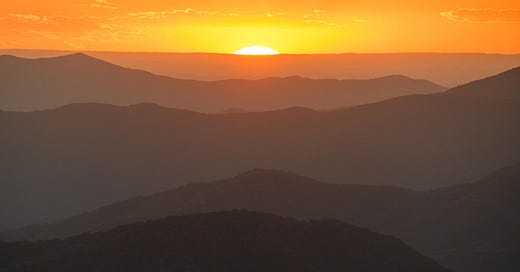


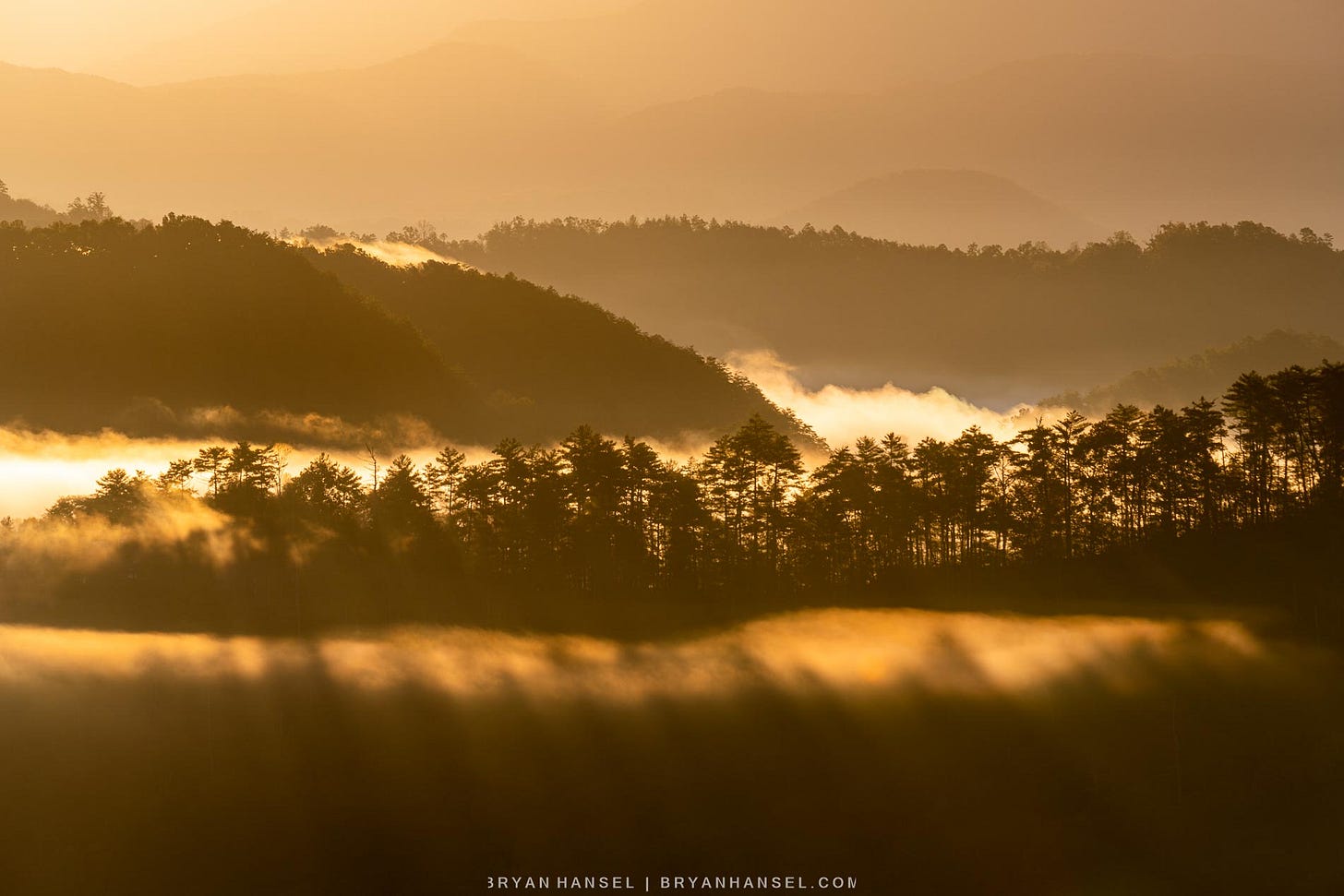
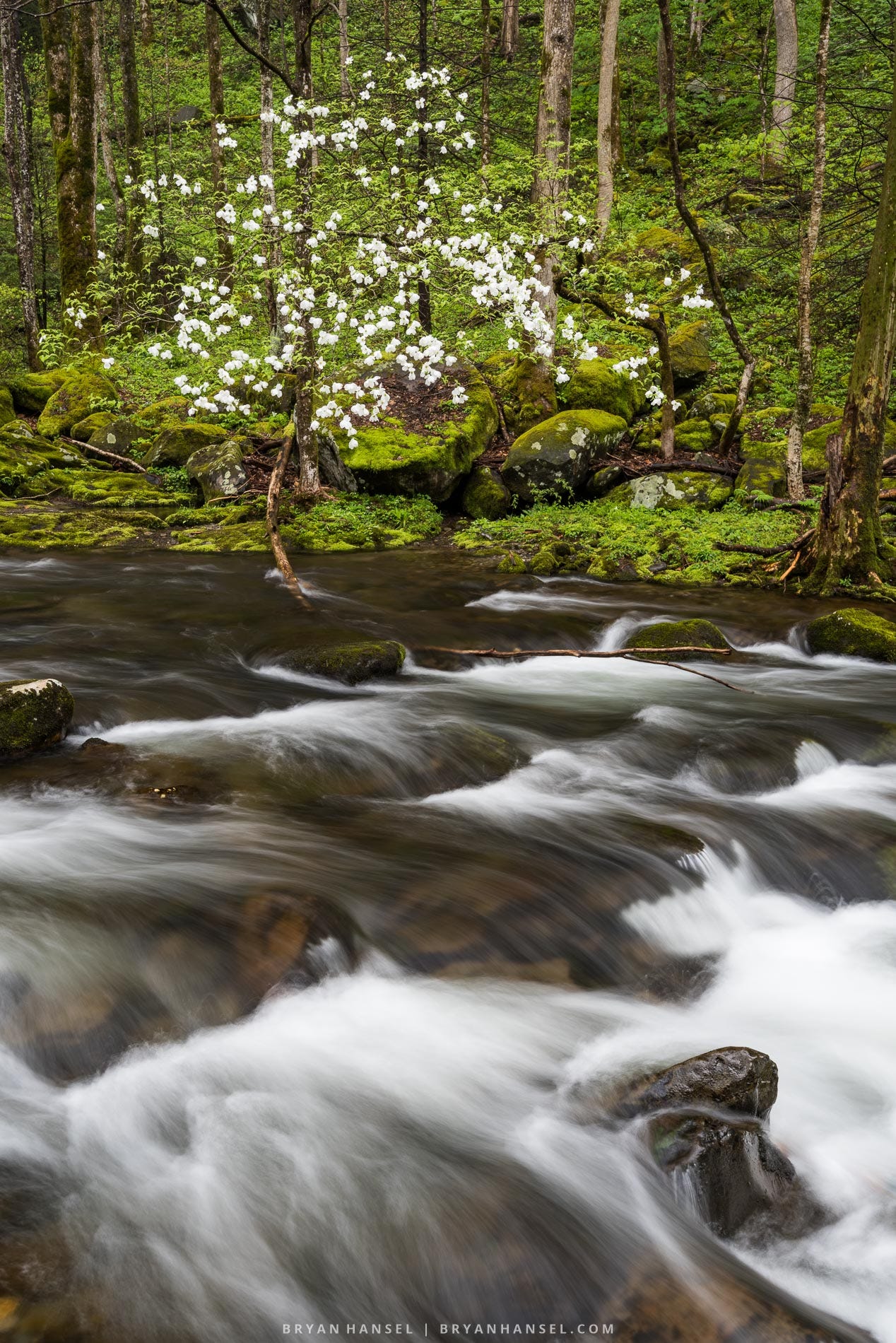
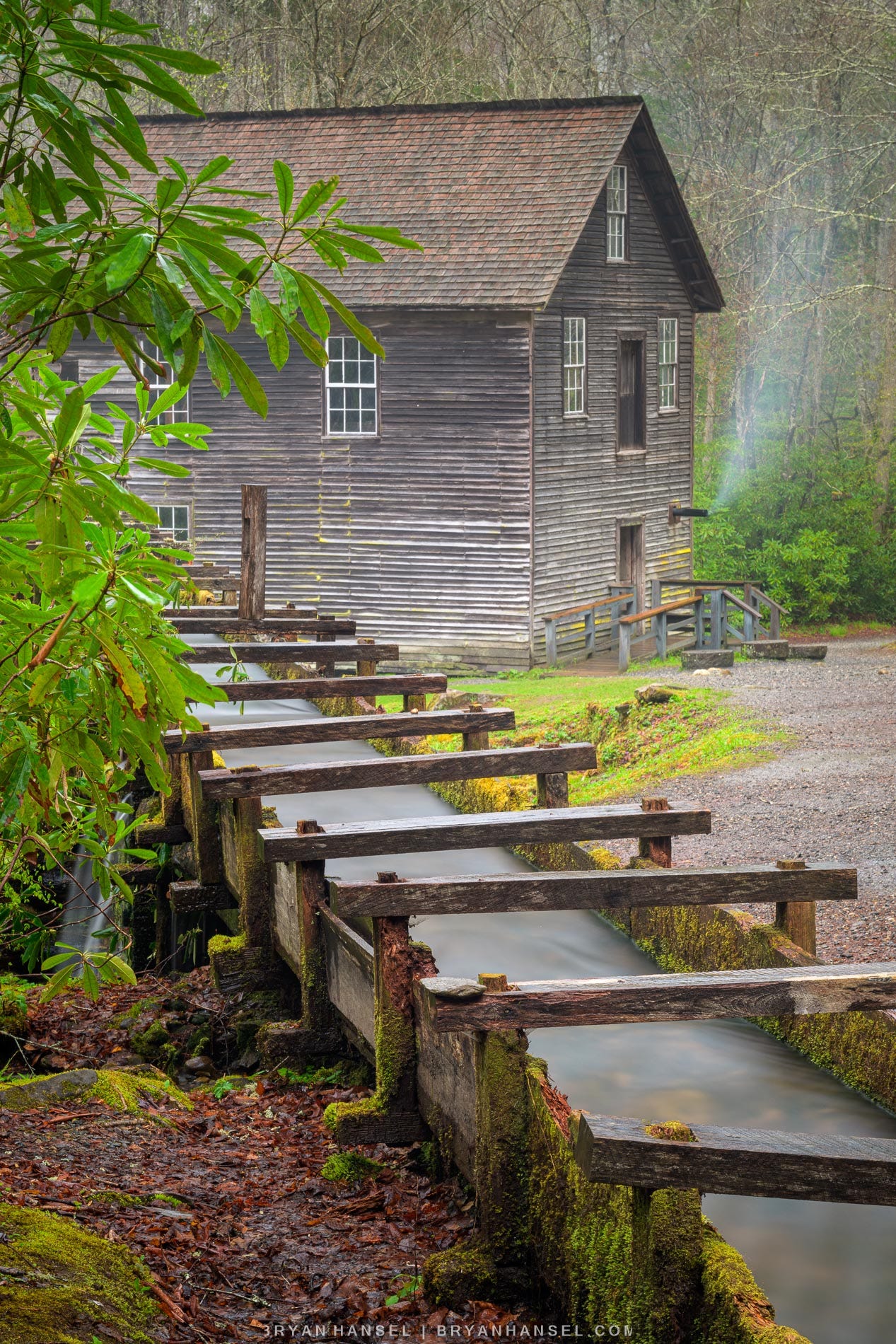
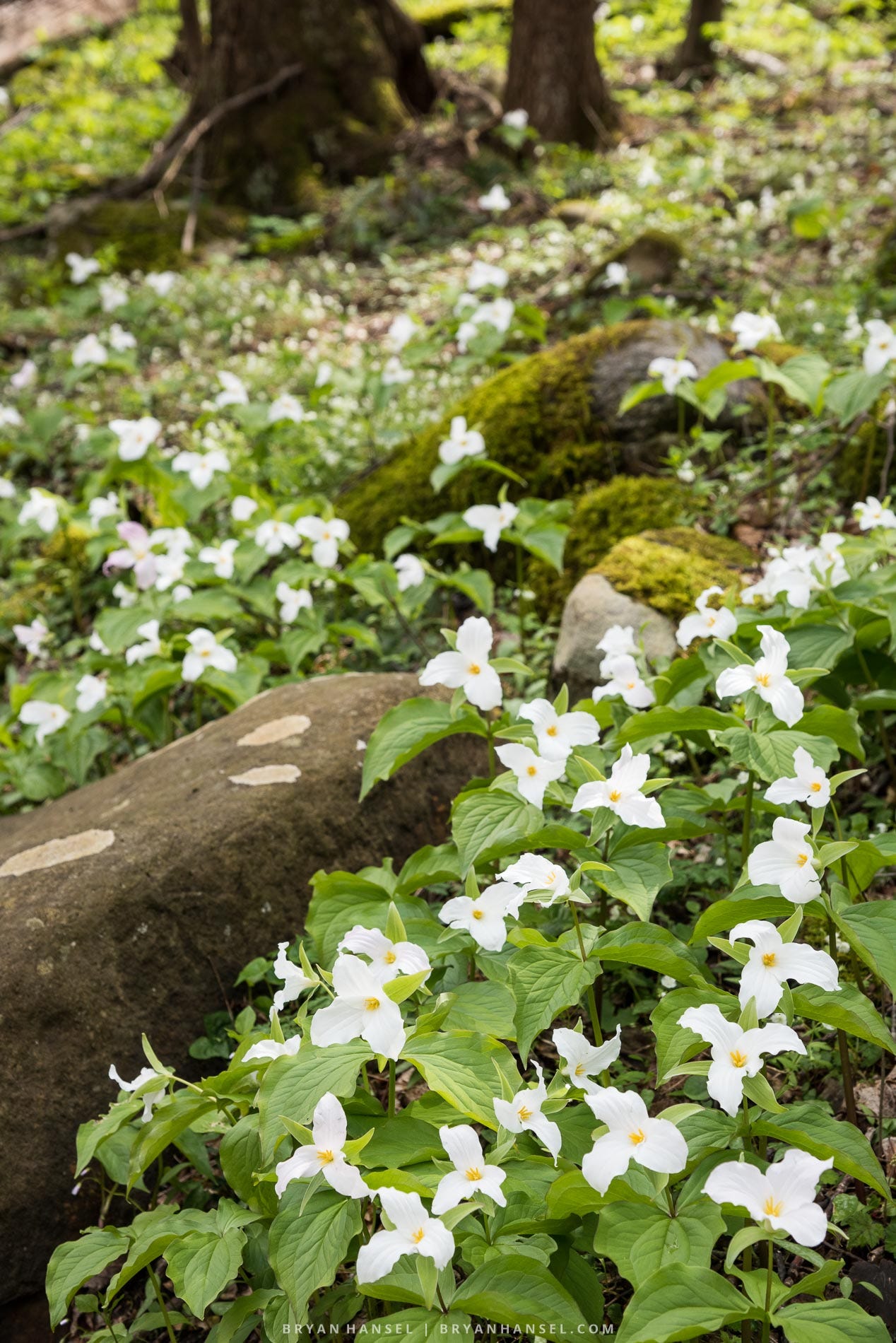
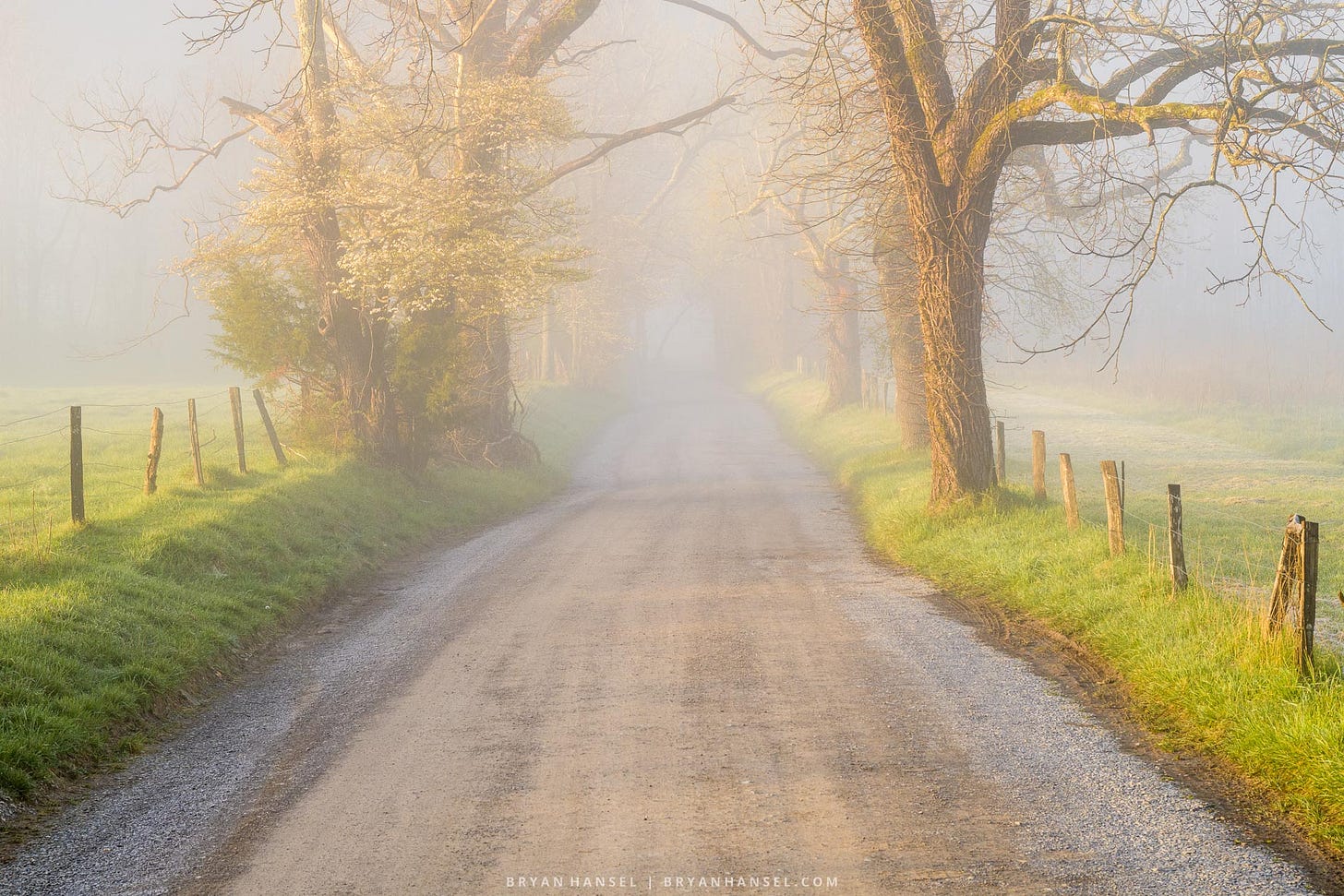
right on
Thanks very much for this detailed analysis!